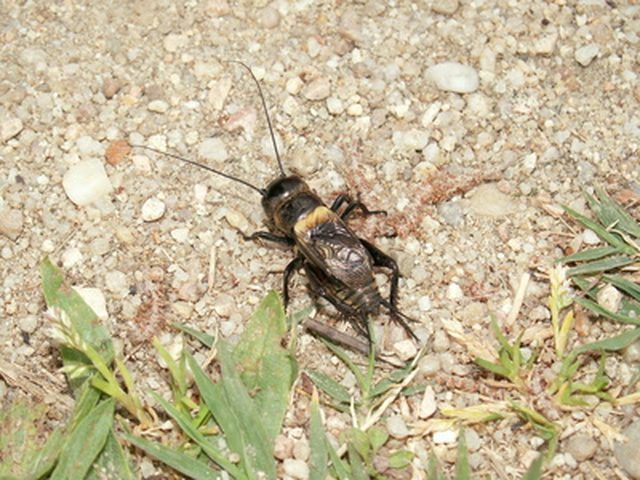Bulbs
Flower Basics
Flower Beds & Specialty Gardens
Flower Garden
Garden Furniture
Garden Gnomes
Garden Seeds
Garden Sheds
Garden Statues
Garden Tools & Supplies
Gardening Basics
Green & Organic
Groundcovers & Vines
Growing Annuals
Growing Basil
Growing Beans
Growing Berries
Growing Blueberries
Growing Cactus
Growing Corn
Growing Cotton
Growing Edibles
Growing Flowers
Growing Garlic
Growing Grapes
Growing Grass
Growing Herbs
Growing Jasmine
Growing Mint
Growing Mushrooms
Orchids
Growing Peanuts
Growing Perennials
Growing Plants
Growing Rosemary
Growing Roses
Growing Strawberries
Growing Sunflowers
Growing Thyme
Growing Tomatoes
Growing Tulips
Growing Vegetables
Herb Basics
Herb Garden
Indoor Growing
Landscaping Basics
Landscaping Patios
Landscaping Plants
Landscaping Shrubs
Landscaping Trees
Landscaping Walks & Pathways
Lawn Basics
Lawn Maintenance
Lawn Mowers
Lawn Ornaments
Lawn Planting
Lawn Tools
Outdoor Growing
Overall Landscape Planning
Pests, Weeds & Problems
Plant Basics
Rock Garden
Rose Garden
Shrubs
Soil
Specialty Gardens
Trees
Vegetable Garden
Yard Maintenance
Interesting Facts About a Cricket
Interesting Facts About a Cricket. Crickets are usually brown or black and are related to grasshoppers and katydids. Most cricket species communicate with chirping sounds that are often associated with quiet or evening time. Crickets are nocturnal and primarily harmless to humans. Crickets are a symbol of good luck in many cultures and are kept as...
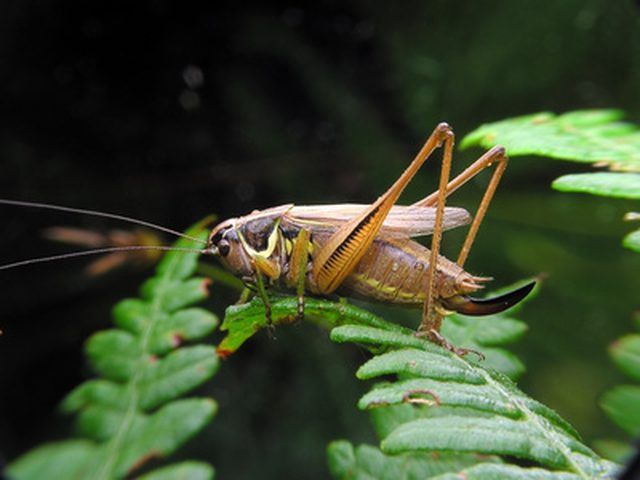
Crickets are usually brown or black and are related to grasshoppers and katydids. Most cricket species communicate with chirping sounds that are often associated with quiet or evening time. Crickets are nocturnal and primarily harmless to humans. Crickets are a symbol of good luck in many cultures and are kept as pets.
Background
Crickets are relatively small insects, under an inch to a few inches long. They are normally brown, black or gray. The are in the phylum Arthropoda, the class Insecta, the order Orthoptera. There are 12 families of crickets, with about 900 species worldwide.
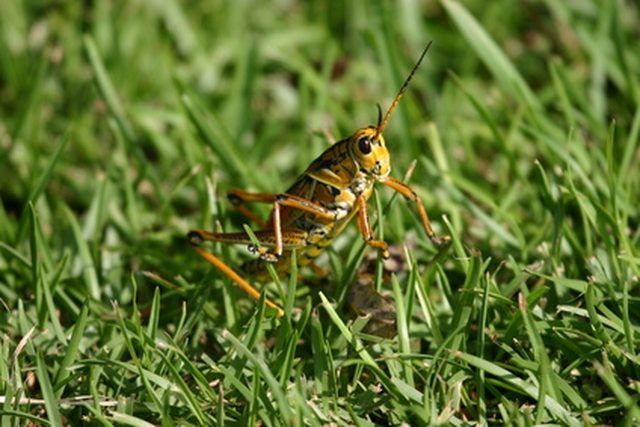
Chirping
Male crickets communicate by rubbing one wing over the other. One wing has an edge with bumpy "teeth." When the other wing is rubbed across these teeth, it makes a chirping sound. Males use chirps to alert females to their whereabouts. Males have four different chirps. They have the mating call, which is fairly loud. They have a softer call when they detect a female is near. They have an aggressive call to repel other males. Different species have different rhythms within each chirp. This helps females identify the right mates. Crickets have a tympanum--like an eardrum--for listening, located on their front legs.
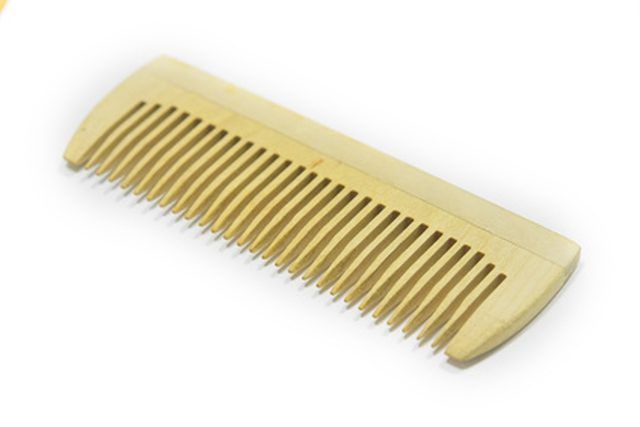
Find the Temperature
Cricket metabolism slows down in cooler temperatures because they are cold-blooded. This means their chirps are less frequent when it is cooler. Amos Dolbear (ca. 1898) came up with an equation to determine the temperature (in Fahrenheit) according to how many chirps a cricket makes in one minute. He found that the temperature was equal to the number of chirps per minute minus 40, divided by four, plus 50. An approximation of the equation is the number of chirps in 13 seconds plus 40 equals the temperature in degrees Fahrenheit. Dolbear counted snowy tree cricket chirps to come up with this formula. Other species might have different chirp frequencies.
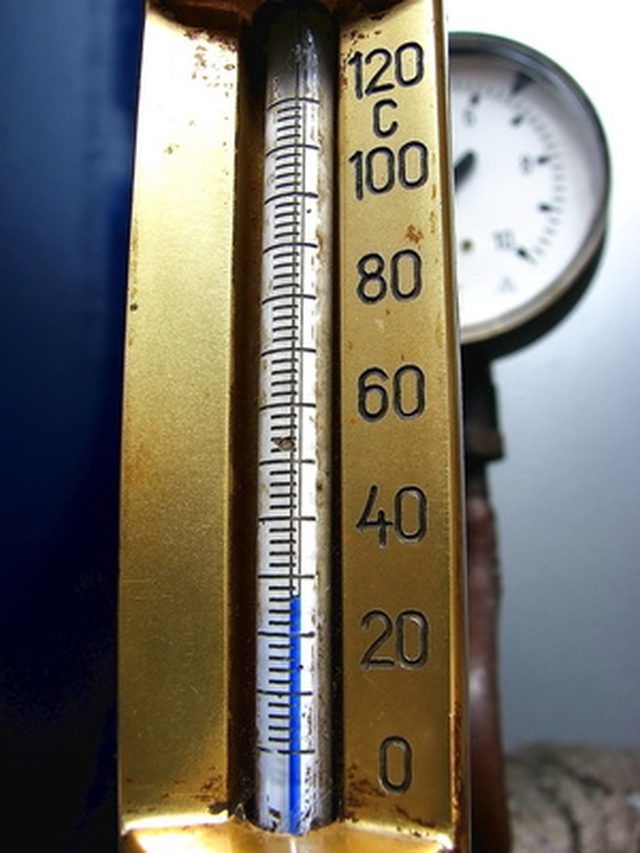
Crickets and Culture
Crickets are considered a sign of good luck in Asian cultures, particularly in China and Japan. For at least a thousand years, crickets have been kept in decorative cages inside the home. Male crickets are used for cricket fighting (to the death).
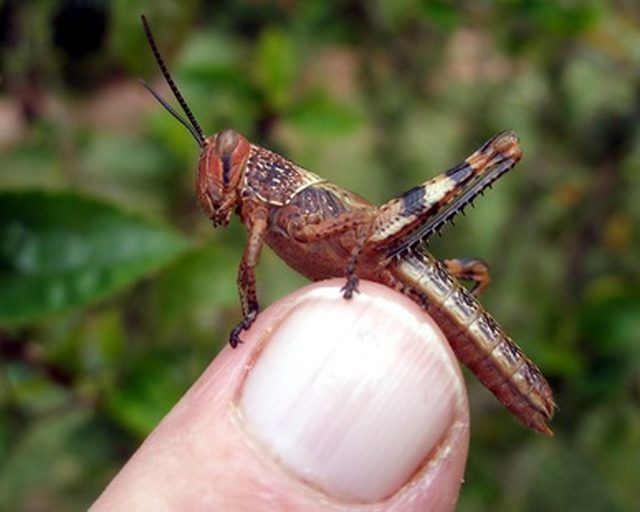
Crickets as Pets
Crickets are often kept as pets, although they rarely live longer than one year. Crickets eat dead animal matter as well as vegetation. They help break down materials on the forest floor and in meadows. In captivity, you can feed your cricket fresh fruit, vegetables and sprouts. Crickets can be kept in a terrarium or small cage. Make sure they have access to water through a dish with a soaked cotton ball or a drip bottle that is used for mice or hamsters.
